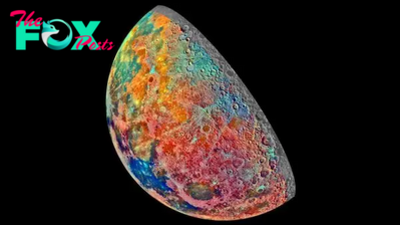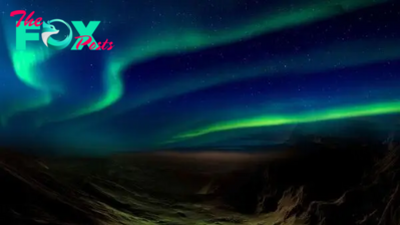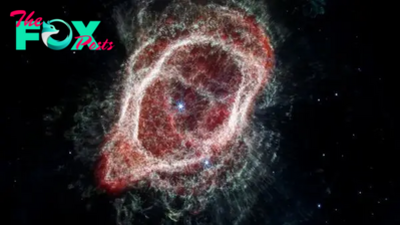Science
Group of 60 ultra-faint stars orbiting the Milky Way could be new type of galaxy never seen before
Astronomers have spotted the faintest and lightest satellite galaxy ever found: a minuscule, tight-knit group of stars trailing the Milky Way. The peculiar discovery could represent a new class of impossibly faint, dark-matter-dominated star systems that had eluded detection until now.
Tentatively named Ursa Major III/Unions 1 (UMa3/U1), the newfound star system resides in the constellation Ursa Major, about 30,000 light-years from the sun. It is the newest addition to our galaxy's assortment of at least 50 satellite galaxies. Even the smallest of these galaxies host thousands to billions of stars.
The newfound system, by contrast, has just a sprinkling of 60 stars. As such, its mass is just 16 times the mass of the sun, scientists reported in a new study. For comparison, the Milky Way's mass is about 1.5 trillion times that of our star, according to NASA.
UMa3/U1 also defies the conventional image of a distinctively shaped galaxy.
"This discovery may challenge our understanding of galaxy formation and perhaps even the definition of a 'galaxy,'" Simon Smith, a graduate student at the University of Victoria in Canada and the lead author of the study, said in a statement. "UMa3/U1 had escaped detection until now due to its extremely low luminosity."
Related: 13 billion-year-old 'streams of stars' discovered near Milky Way's center may be earliest building blocks of our galaxy

Scientists first spotted UMa3/U1 as a collection of bright stars spanning 10 light-years in data collected by the Ultraviolet Near Infrared Optical Northern Survey, a project by the Canada France Hawaii Telescope (CFHT) that surveys the northern sky using three Hawaii-based telescopes. Follow-up observations using the W. M. Keck Observatory confirmed that the stars are gravitationally bound and have similar chemistries, according to the study, which was published in January in The Astrophysical Journal.
-
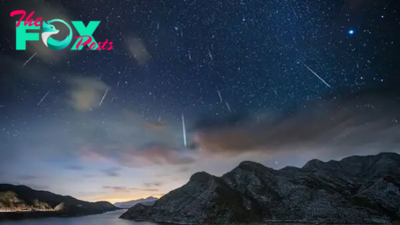
 Science16h ago
Science16h agoSee up to 50 'shooting stars' per hour as the Eta Aquarid meteor shower peaks this weekend
-
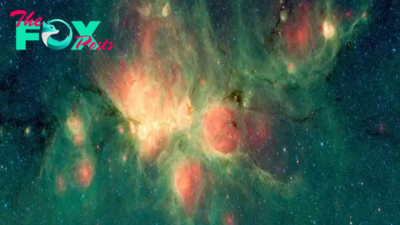
 Science1d ago
Science1d agoDusty 'Cat's Paw Nebula' contains a type of molecule never seen in space — and it's one of the largest ever found
-

 Science1d ago
Science1d agoJames Webb telescope reveals fiery 'mane' of the Horsehead Nebula in spectacular new images
-

 Science1d ago
Science1d ago2 plants randomly mated up to 1 million years ago to give rise to one of the world's most popular drinks
-
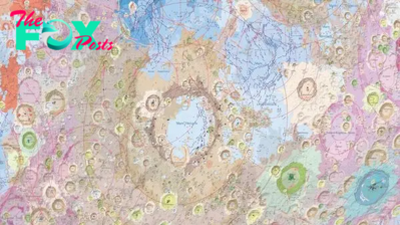
 Science1d ago
Science1d agoChina reveals most detailed geological map of the moon ever created
-

 Science2d ago
Science2d agoDeepest blue hole in the world discovered, with hidden caves and tunnels believed to be inside
-

 Science2d ago
Science2d agoBlack hole 'traffic jams' are forcing cosmic monsters to collide, new study finds
-

 Science2d ago
Science2d agoResearchers just found more than 1,000 new solar system objects hiding in plain sight
